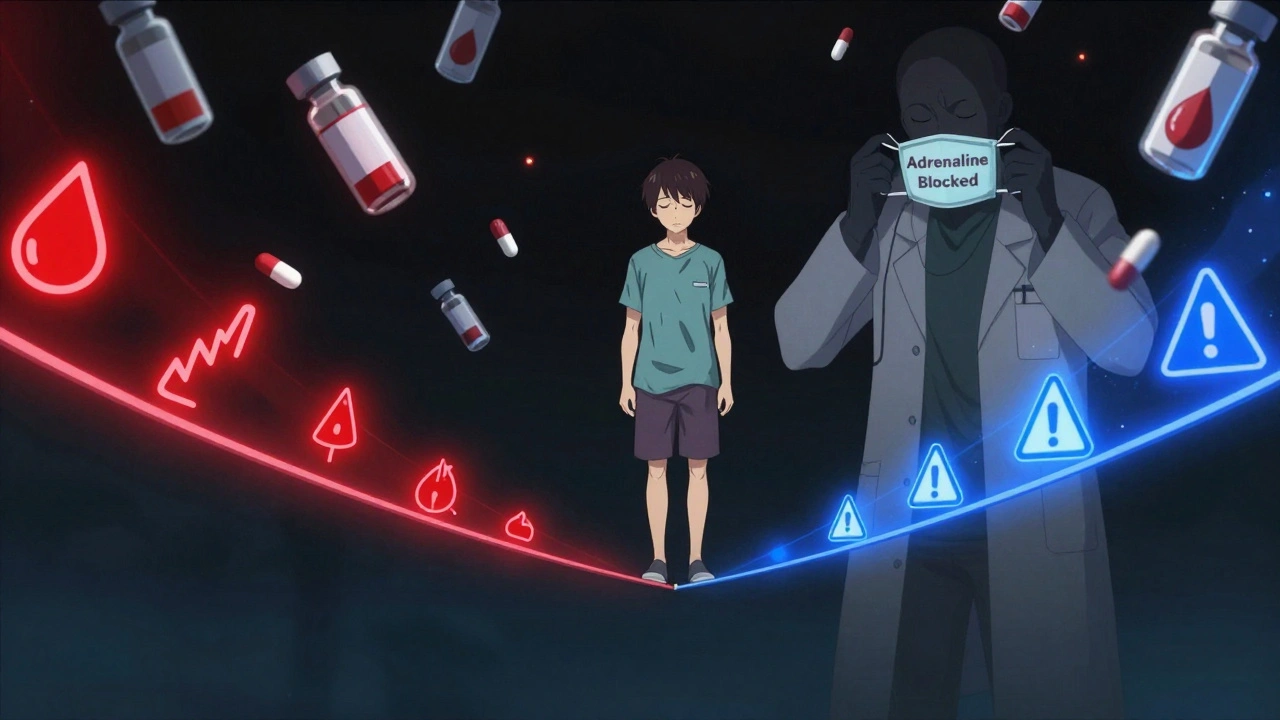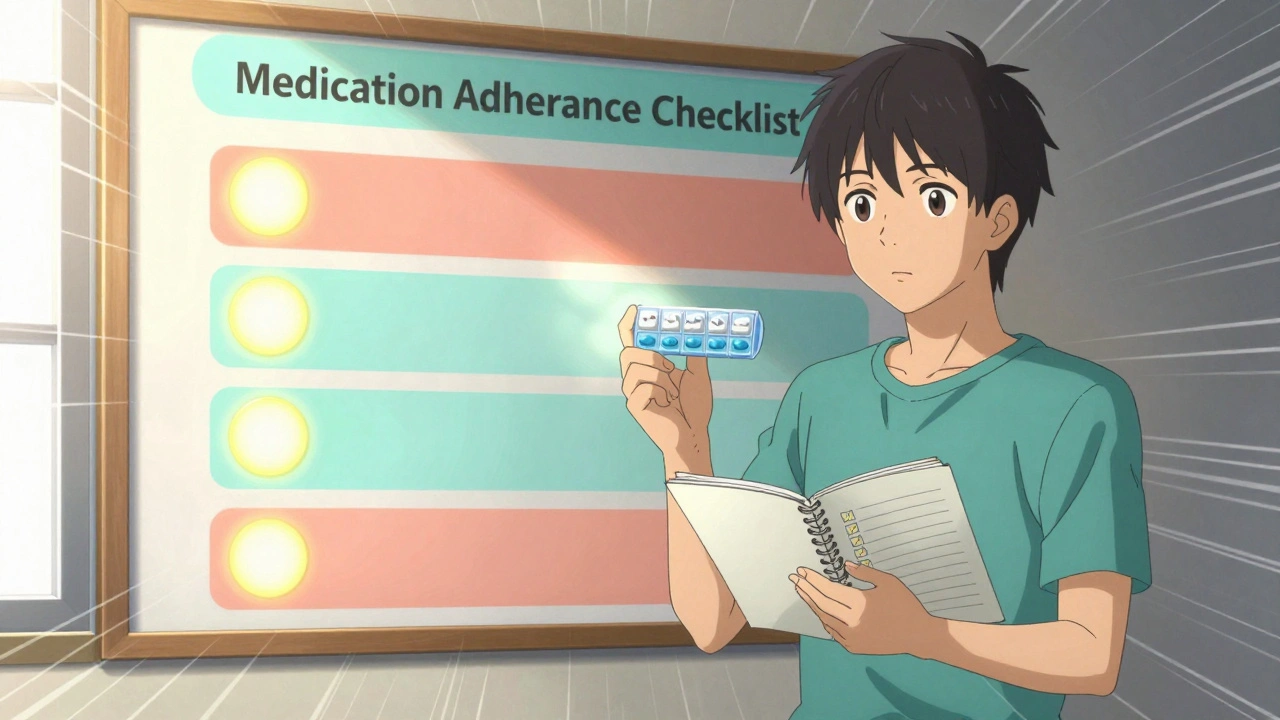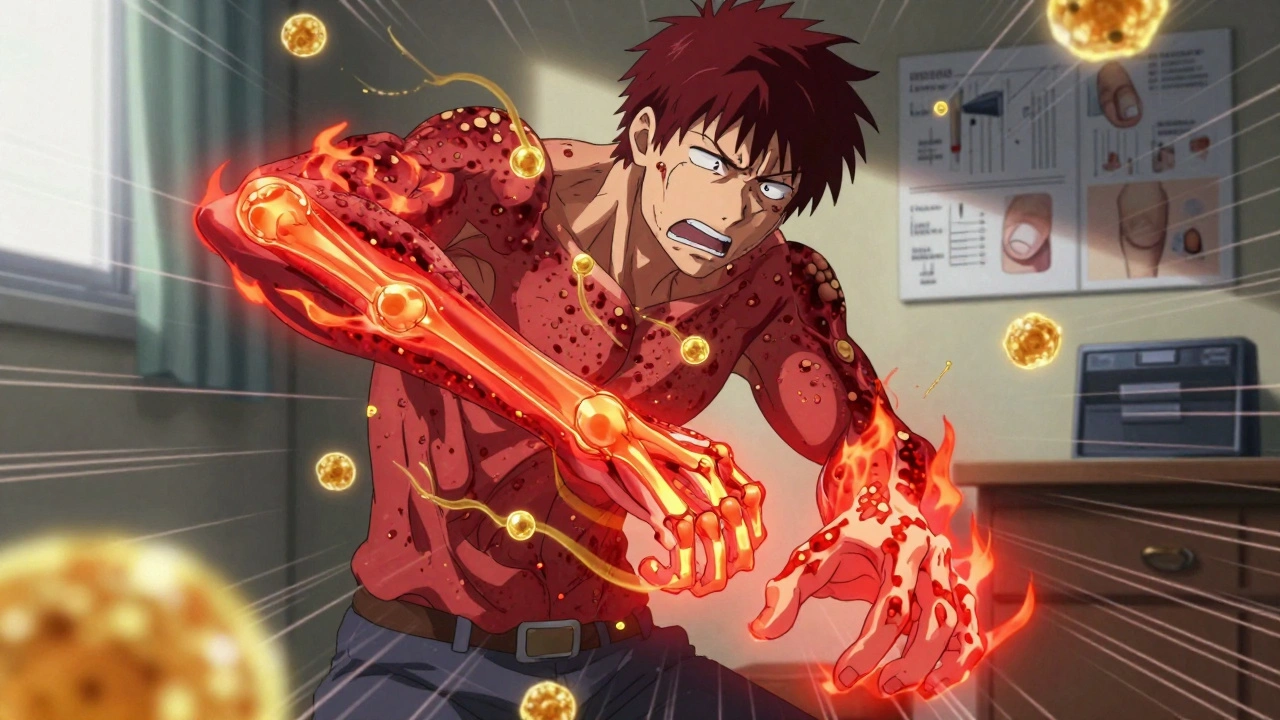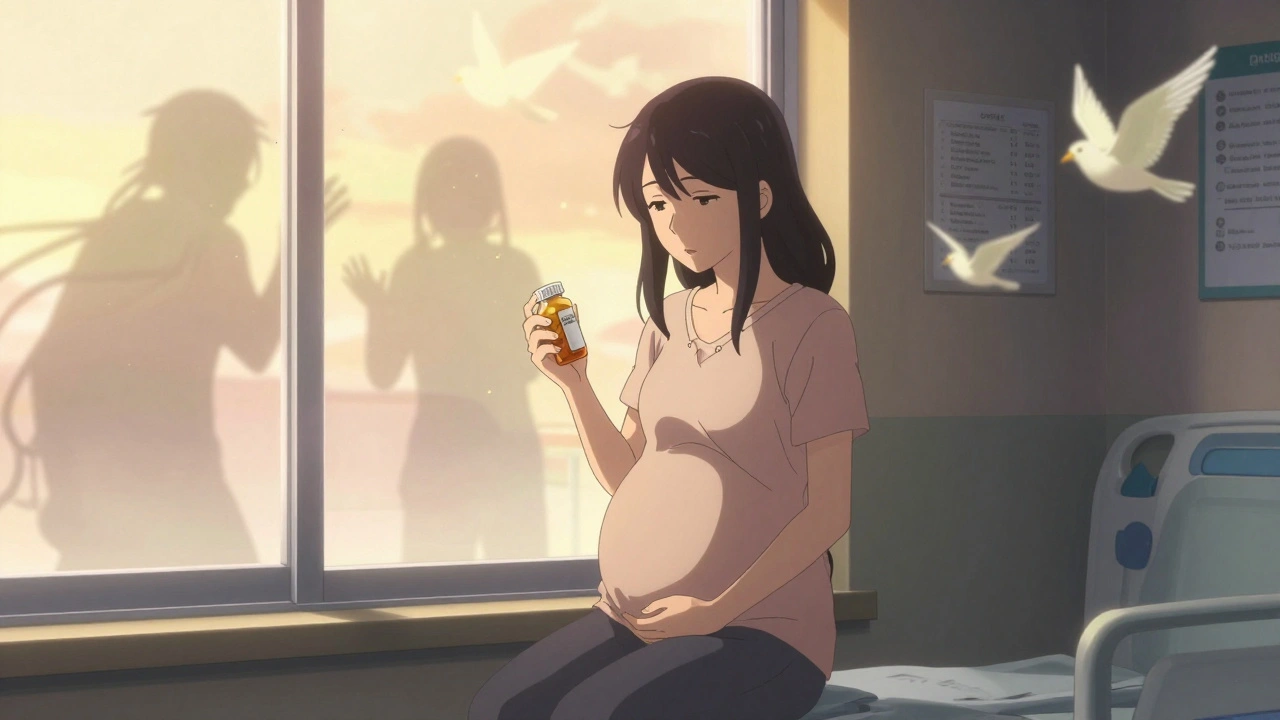Poison Prevention: How to Protect Your Family from Common Household Toxins
When we talk about poison prevention, the practice of identifying, securing, and avoiding harmful substances that can cause illness or death through ingestion, inhalation, or skin contact. Also known as toxic exposure control, it’s not just about keeping cleaning products out of reach—it’s about understanding what’s actually dangerous in your home and acting before it’s too late. Every year, over 2 million poison exposures are reported in the U.S. alone, and most happen right inside the house. Kids under six account for nearly half of those cases, but seniors and pets are just as vulnerable. A bottle of pills left on the nightstand, a spilled bottle of bleach under the sink, or even a houseplant that looks harmless—these aren’t accidents waiting to happen. They’re preventable risks.
Household toxins, common substances found in everyday products that can cause harm if misused or accessed by the wrong person. Also known as domestic poisons, include everything from painkillers and antidepressants to antifreeze, laundry pods, and even certain vitamins in high doses. Many people think poison means chemicals labeled ‘danger’—but it’s often the quiet ones that get you. Iron supplements look like candy to kids. Essential oils seem natural, but a few drops can cause seizures. Even some herbal teas and supplements can interact dangerously with medications. And it’s not just about ingestion. Fumes from cleaning sprays, carbon monoxide from a faulty heater, or skin contact with pesticides on garden tools can all be deadly. Child safety, the set of practices designed to reduce accidental exposure to harmful substances in homes with young children. Also known as home childproofing, means locking cabinets, using child-resistant caps even if you think you won’t forget, and never storing medicine in snack containers. The same goes for seniors: confusion or poor eyesight can lead to double-dosing pills or mixing dangerous combinations. Pets don’t know better—they’ll lick up spilled antifreeze or chew on a battery.
Knowing what’s dangerous isn’t enough. You need a plan. Keep the Poison Control number (1-800-222-1222 in the U.S.) saved in your phone and posted on the fridge. Don’t wait for symptoms. If you suspect exposure, call immediately—even if the person seems fine. Some poisons take hours to show effects. Keep a list of all medications and supplements everyone in the house takes. That way, if an emergency happens, responders know exactly what to look for. And don’t rely on old advice. Just because something was ‘always kept in the medicine cabinet’ doesn’t mean it’s safe now. Today’s guidelines say: store everything up high, locked, and separate—meds away from cleaning supplies, cleaning supplies away from food.
What you’ll find below isn’t theory. It’s real advice from real cases—how a parent stopped a poisoning before it started, how a senior avoided a deadly drug mix, how a simple change in storage saved a pet’s life. These aren’t just tips. They’re lifelines.
How to Separate Household Chemicals from Medication Storage for Safety
Learn how to safely separate household chemicals from medication storage to prevent poisoning, protect medicine effectiveness, and keep your family safe. Simple steps for every home.






